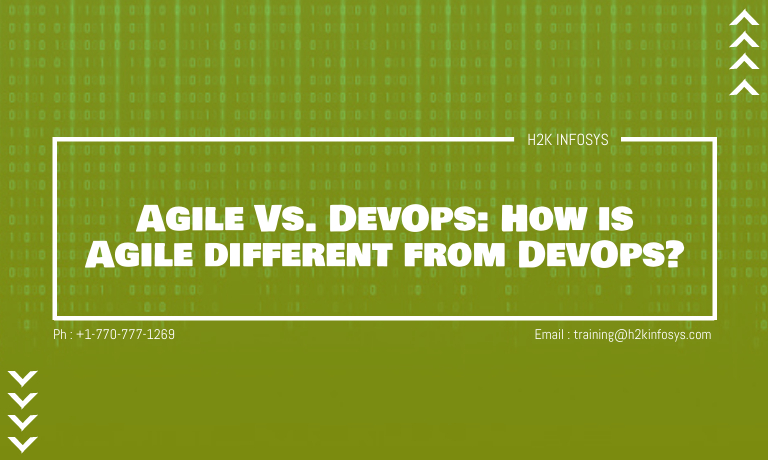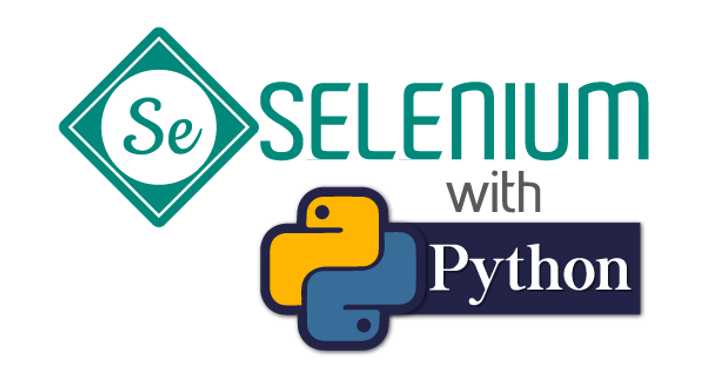What’s DevOps?
DevOps is a software development strategy that emphasizes the collaboration, integration, and cooperation of IT professionals to promote the efficient deployment of the software.
DevOps is a philosophy that fosters cooperation between the Development and Operations Team. This makes it possible to execute production code faster and in an automated way. It helps to accelerate the speed of the enterprise to produce applications and services. It can be described as the integration of development and IT operations.
What’s Agile?
Agile Methodology requires continuous iteration of development and testing throughout the SDLC process. This software development approach stresses iterative, incremental, and progressive development.
The Agile development process splits the project into smaller parts and combines them for final testing. It can be done in many formats, including scrum, kanban, scrum, XP, etc.
Agile Vs. DevOps
- Stakeholders and the communication chain are in a traditional IT phase.
- Agile addresses connectivity gaps between customers and developers.
- DevOps bridges the divide between developers and IT operations.

Major key Differences
- DevOps is a method of grouping together product and operational teams, while Agile is an iterative approach that relies on teamwork, customer engagement, and small frequent releases.
- DevOps focuses on continuous monitoring and execution while the Agile process focuses on constant improvement.
- DevOps wants a reasonably large team, while Agile has a small team.
- DevOps utilizes both left and right shifts while the Agile Utilize Shift-Left principle.
- The focus field of Agile is software development, while the target area of DevOps is to include end-to-end enterprise solutions and quick execution.
- DevOps focuses more on organizational and company readiness, while Agile focuses on functional and non-functional readiness.
Difference Between Agile and DevOps
| Parameter | Agile | DevOps |
| What is it? | Agile leads to a collaboration-focused iterative strategy, customer feedback, and frequent, rapid launches. | DevOps is known to be a method of grouping together development and operational teams. |
| Objective | Agile assists with the management of dynamic tasks. | The core principle of DevOps is to control end-to-end engineering operations. |
| Task | The agile method is always changing. | DevOps focuses on continuous monitoring and execution. |
| Deployment | The Agile approach can be applied within a variety of operating systems such as sprint, safe, and scrum. | The main aim of DevOps is to rely on teamwork, but there is no widely agreed structure. |
| Team expertise | Agile Learning stresses the preparation of all team members to have a broad range of complementary and equivalent skills. | DevOps divides and distributes the expertise set of development and operational teams. |
| Team size | Agile is built on the concept of a small team. The fewer people on the team, the quicker things will move. | Relatively greater team size, since all stakeholders are involved. |
| Duration | “Sprints” are used to handle agile development. Each sprint can take much less than a month. | DevOps is committed to timelines and benchmarks for major releases. The optimal aim is to produce production code regularly or every few hours. |
| Feedback | The customer provides feedback. | The internal team provides feedback. |
| Areas to be targeted | Development of software | End-to-end market solution and fast execution. |
| Shift-Left Principles | Utilizes Shift-left | Utilizes both shifts left and right. |
| Emphasis | For software development, Agile stresses software development methodology. When the program is built and published, the agile team doesn’t care what happens to it. | DevOps is all about taking software that is ready for release and delivering it in a stable and safe manner. |
| Cross-functional | Any team member should be able to do whatever is needed to keep the project moving forward. Furthermore, as each team member is capable of doing all tasks, it improves mutual understanding and bonding. | In DevOps, there are two different teams: development and operational. So, communication is incredibly complex. |
| Communication | Scrum is one of the most common Agile software development methodologies. A regular scrum meeting is held. | DevOps interactions include specifications and design documentation. It is important for the operating team to thoroughly understand the release of the program and its hardware/network consequences for the proper execution of the implementation phase. |
| Documentation | The working system takes precedence over full documentation in the agile method. It’s ideal if you’re adaptable and quick to react. However, it can hurt if you’re planning to pass it over to another deployment unit. | Process documentation is critical in DevOps since it is used to send applications to the operating team for implementation. Automation reduces the impact of inadequate documentation. However, it is difficult to pass all the information required in the development of complex applications. |
| Automation | Agile would not place a high value on automation. It can, however, assist. | Automation is the prime objective of DevOps. It operates on the concept of maximizing efficiency when implementing applications. |
| Goal | It bridges the difference between the needs of customers and the development & testing departments. | The difference between development & testing and the Ops is addressed. |
| Emphasis | It is concerned with both functional and nonfunctional readiness. | It puts a greater emphasis on operational and business readiness. |
| Significance | Agile requires the development of software. | Development, testing, and execution are all equally critical. |
| Speed vs. Risk | Agile teams promote rapid transition and a strong application framework. | The DevOps approach requires teams to ensure that any modifications to the architecture do not pose a danger to the whole project. |
| Quality | Agile results in improved technology suites that meet the desired specifications. It will quickly adjust to changes made in real-time during the project’s life cycle. | DevOps, in conjunction with automation and early bug detection, helps to improve efficiency. To retain quality standards, developers must adhere to coding and architectural quality standards. |
| Tools | JIRA, Bugzilla, Kanboard are some of the most common Agile tools. | Common DevOps resources include Puppet, Chef, TeamCity OpenStack, and AWS. |
| Barriers | The agile approach requires teams to be more efficient, which is impossible to match each time. | To streamline work, the DevOps process requires development, testing, and production environments. |
| Benefits | Agile promises a faster growth time and improved detection of defects. | Agile’s release cycle is supported by DevOps. |




























2 Responses
Nice blog. I also found this blog https://bit.ly/3vqtBVT that also helped me clear my understanding on the differences between the two.